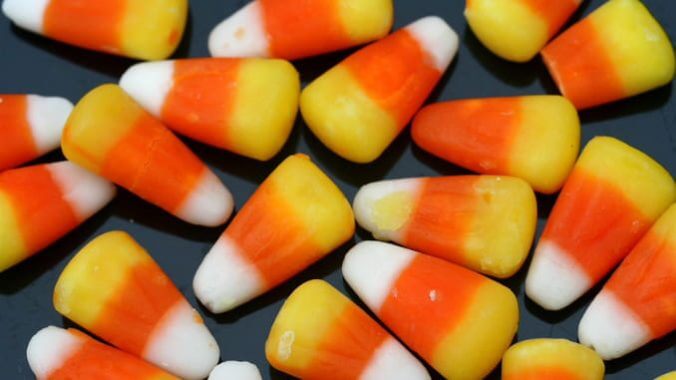A Brief History of Candy Corn
Photo by Muffet/Creative Commons
Maybe you’ve heard the urban legend that all the candy corn in the world was made in one single year. It was so bad that it was just thrown in the trash, and then some sort of candy agency would gather it all back up again after Halloween and re-distribute it the next year, only for the cycle to repeat itself once more.
My brother was the first person who told me this story, and it seemed plausible. It made sense to me. Candy corn is bad. Is there even anyone out there who actually eats it? I’d never once seen someone choose candy corn over literally any other type of candy available. But it turns out that Brach’s, the candy company that corners the candy corn market, sold $75 million of the candy last year—that’s 30 million pounds of the stuff. So I doubt all of it’s going in the trash.
But where did this ubiquitous treat come from, and how has it shaped Halloween culture since? This is a brief history of Halloween’s most iconic treat: candy corn.
Candy Corn’s Uncertain Origins
We don’t actually know when candy corn was invented, but food historians estimate that it came onto the scene in the 1880s, according to History. Its invention is largely attributed to a man named George Renninger, who worked at the Wunderle Candy Company in Philadelphia, Pennsylvania. It wasn’t until the following decade that the Goelitz Candy Company (which has since changed its name to The Jelly Belly Company) began making the candy, popularizing it into the treat we know today.
-

-

-

-

-

-

-

-

-

-

-

-

-

-

-

-

-

-

-

-

-

-

-

-

-

-

-

-

-

-

-

-

-

-

-

-

-

-

-

-








































